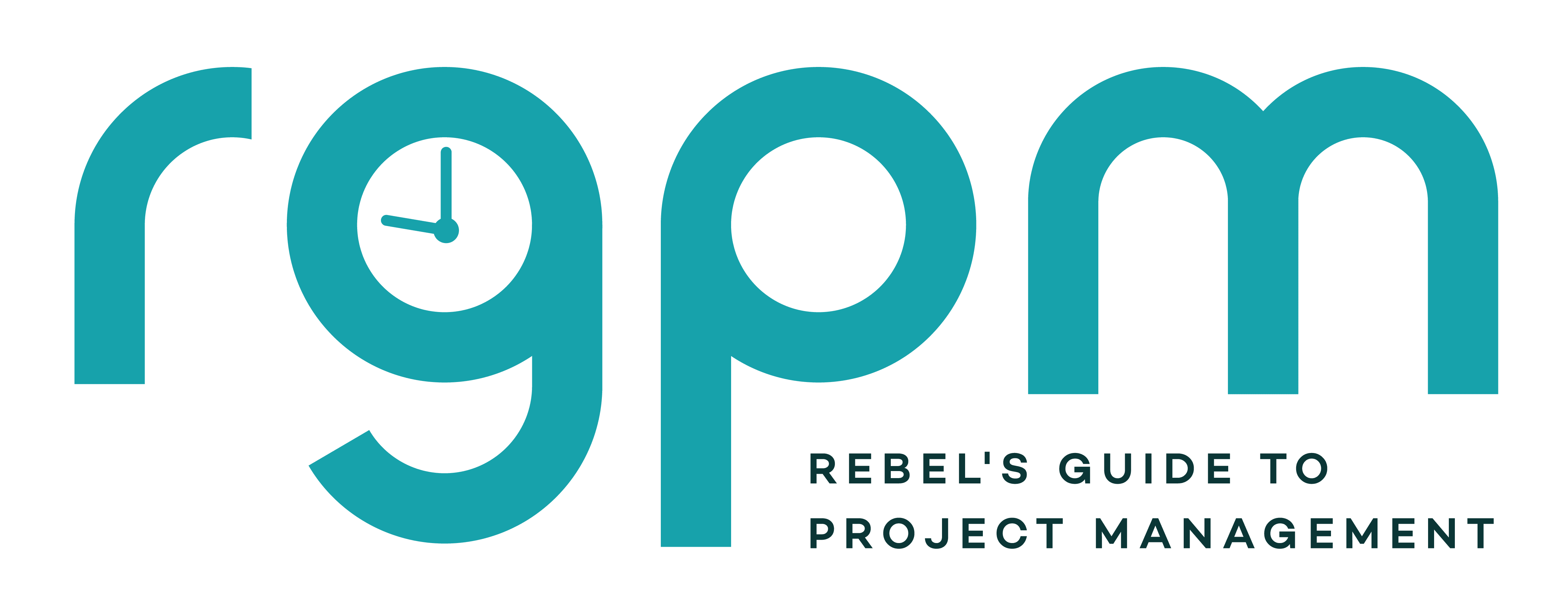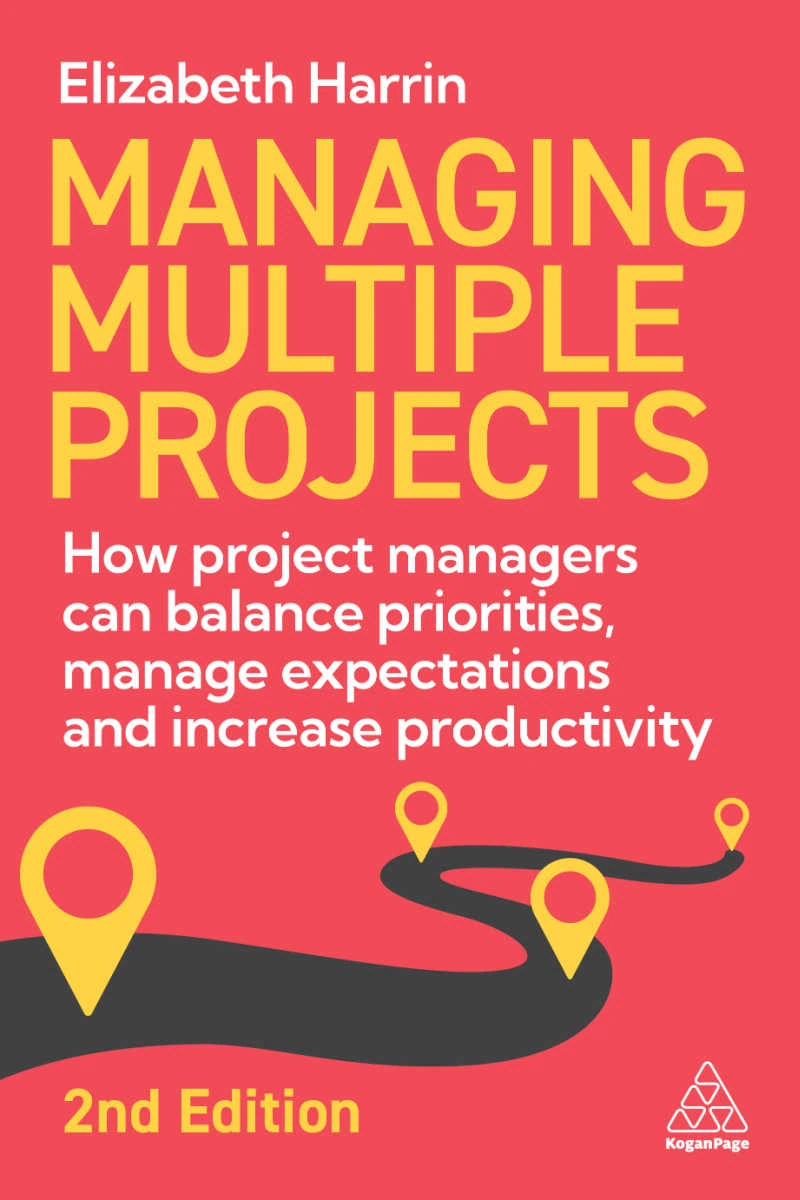How Social Media Changes Project Management
Today, Andrew Filev, who writes the fab Project Management 2.0 blog, and I are swapping posts. We agreed on the loose topic of social media and project management. Andrew has a great deal of knowledge on enterprise 2.0 and social media, so I’m glad to have him as a guest author today. You can read my take on the subject on his blog!
Bas de Baar, Josh Nankivel and Cornelius Fichtner raised an interesting question during their presentation at the PMI Global Congress. The question was, “Why should you care about social media?” Social media in project management is a hot topic, so I decided to elaborate on the question and tell you a short story of two project managers.
The Story
A U.S. company, SuperSonicTeams, Inc. got really lucky last year. It acquired two rather big projects at one time. Both projects came from oversees clients (the first from London, the second from Barcelona) and implied the involvement of SuperSonicTeams’ three offices in San Francisco, Orlando and Dallas. The work on the two projects started simultaneously. The first one was led by Jake and the second by Simon. Both Jake and Simon are experienced project managers and know how to do their jobs well.
Jake’s Project
Jake is always busy. In the morning, he comes to his office and checks his e-mail for messages with project updates. He then spends hours calling his team members, e-mailing them or meeting them in person to collect all the information he needs and to make sure that everything is well and on track. After that, Jake, as a manager, has to merge these updates into the project plan. Later, the updates also need to be communicated to the upper management. So Jake has to make reports and hand them in to the company’s executives to keep them aware of the project’s progress. Jake also has to follow up on the London client’s feedback or the partner’s actions. How? Via e-mail, phone calls and meetings, of course. He wishes he could see his client from London more often, though, as he knows the importance of personal relations in project management.
During the course of the day, he constantly has to resolve issues through another endless series of e-mails, phone calls and meetings. No doubt, Jake also has to handle matters, like confusion of different versions of the same Word or Excel documents, or to help his people to find where the project-related documents are stored.
Jake’s team members are also busy, as they get 50-100 e-mails per day that they need to check. They do not have direct access to the project plan, so if they want to report progress on their tasks, they need to e-mail Jake about that. Sometimes they miss important items, but it’s not a big deal, as Jake always remembers to call them up and remind them to check their e-mail (unless he is too busy himself or simply forgets to do this).
Sounds tough, but Jake is an excellent manager who loves his job. He manages to keep everything on track, though he hardly ever has time to think about his project management strategy or his team’s motivation, and he often has to stay in the office overtime. But, well, nothing is easy, right?
Anyway, despite all the difficulties, it looks like Jake is going to complete the project successfully and on time. However, with this crazy schedule, he will probably feel overstressed and dead tired.
Simon’s Project
Simon sees project routine differently. In the morning, he opens his e-mail inbox, just like Jake, but the amount of messages is down to 10-15, so it doesn’t take him long to check them all and send his replies. He believes that e-mail is a great tool, as long as you don’t get overwhelmed with messages. Simon’s team doesn’t need to exchange dozens of e-mails, as they use a Web-based project management system, where everyone can check the project progress online, including the customers from Barcelona and the corporate executives. Moreover, Simon’s team members can update their tasks online, so the project plan is always up-to-date.
At the very beginning of his project, Simon thought it would be neat to run an internal project blog, where he could publish his project development vision, and his team members from offices in San Francisco, Orlando and Dallas could give him their feedback online, instead of calling him on the phone, which is expensive and time-consuming. Later on, his team members also started to publish their ideas on how they can move the project forward faster. This project blog turned out to be a brilliant way to share project-relevant thoughts for the whole team. Everyone checks it as soon as they get an RSS update, and if someone wants to go back to an older post, it’s really easy to find it, thanks to tags and categories.
Simon doesn’t use his phone for project collaboration that often. He prefers Skype, as it has instant messaging, call and video conferencing features all in one place. He runs quick, 15-minute virtual meetings with his team and customers from Barcelona every day, and he doesn’t even have to leave his office for that. Simon thinks that IM is a great tool, but it doesn’t always work well for team collaboration. This is where Simon finds a microblogging app very helpful. Simon’s team members use it to report what they are working on at any given moment of time. They ask questions. They share links. They quickly share files they’re working on. They announce that an issue turned up, and they are stuck. They get tips and help from their peers immediately. Simon and all his team members check this microblog from their phones, as well, and can respond to an important request even on the go. Everyone will get their updates instantly. This is very convenient for a team that is distributed over 4 different time zones.
Simon doesn’t have to deal with issues like document version confusion, as his team uses a project wiki to create their project documentation. This wiki is a universal reference resource for Simon’s team members, and they love using it, as it’s easily searchable, editable and available online anytime they need it.
Just like Jake, Simon is a very busy man. He is busy thinking through the next step of project work and motivating his team members. In fact, he even made friends with his team and clients, as he knows that personal relations are the key for any project manager. He catches up with them on Facebook and LinkedIn, and he follows them on Twitter.
Simon also is successful with his project. Moreover, the project results and the journey to those results exceed the clients’ expectations. Why? The team collaborates seamlessly, has fewer communication issues and, therefore, makes fewer mistakes that need to be corrected. In addition, Simon managed to create a real project community, even with a distributed team of people who never saw each other. As a result, his team members are really passionate about their work and readily follow their project leader. The clients from Barcelona love the way Simon is handing the project and are going to bring another big project to SuperSonicTeams.
When Simon hears the phrase “social media,” he says that he doesn’t care for buzz words and never follows the hype. He simply keeps up with the latest tech trends and is not afraid to try new things. Some of them prove to be very useful for his project management practices.
When Simon’s project is over, he will immediately be ready to take on a new one. Yes, the one that was brought by his clients from Barcelona.
Who do you think SuperSonicTeams’ executives will value more? Jake or Simon? The answer to these questions is sure to lead you to answer the earlier one: “Why should you care about social media?”
Andrew Filev has been managing software teams since 2001 with the help of new-generation collaboration and management applications. His best practices are based on implementation of Enterprise 2.0 software in project management. Now Andrew is an expert in project management, a successful software entrepreneur and the CEO at Wrike.com, as well as writing regularly for the trade press and on his popular Project Management 2.0 blog.

